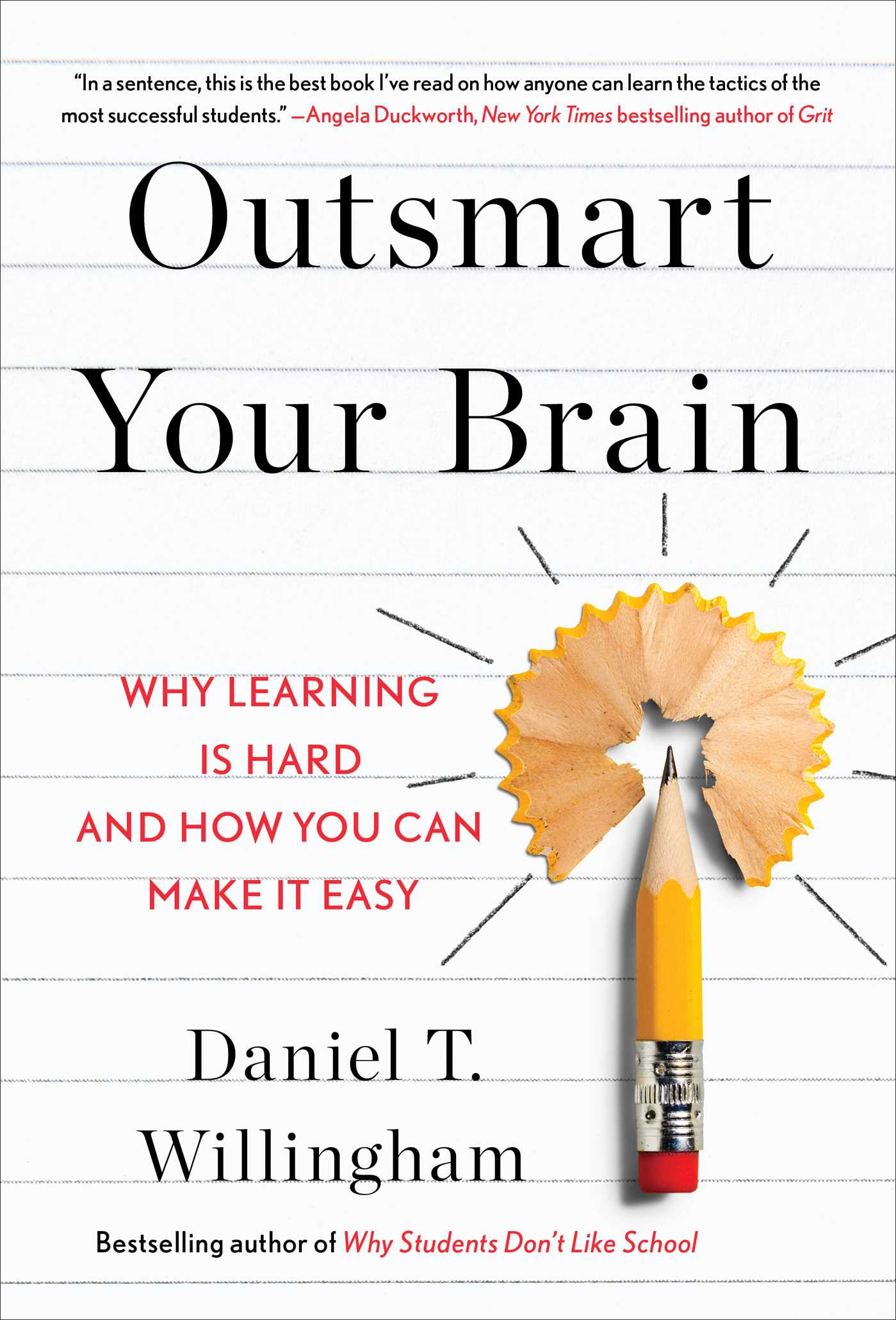4 Learning Tips From A Cognitive Scientist Turned TikTok Star
Daniel T. Willingham shares study hacks for teachers and students from his new book “Outsmart Your Brain: Why Learning is Hard and How You Can Make it Easy”

This article was updated October 2023
Daniel T. Willingham is not your typical TikTok star. The mild-mannered psychology professor at the University of Virginia doesn’t share recipes, exercise tips, or make funny videos featuring animals. Instead, he clearly and concisely provides evidence-based advice for students and educators on how they can work smarter not harder.
This approach has resonated with viewers.
One video advising college students on how not to fall behind in their work has garnered more than 2.5 million views so far, while other videos on his TikTok channel regularly earn tens of thousands of views.
A leader in learning research, Willingham offers the same concise and clear-eyed advice for educators and students in his new book, Outsmart Your Brain: Why Learning is Hard and How You Can Make it Easy.
Here are four tips from the book.

1. Smarter Learning Doesn’t Always Feel Good

One barrier to more effective learning in humans is that the best strategies for learning don’t always feel intuitive. One example of this can be seen in pre-testing, which can be helpful for students even if they haven’t previously been exposed to the material.
“If someone hands you a deck of flashcards and you try to answer the questions even though you've never seen the material before, that absolutely feels stupid because you’re just guessing, but you actually do get a little bit of a boost in learning when you do that,” Willingham says.
Tools and ideas to transform education. Sign up below.
This is just one of many examples, and instructors should remind students that good cognitive practices may feel like a waste of time even when it may be working, Willingham says.
2. Listening to Lectures Shouldn't be Passive
Students tend to treat direct instruction as if they were watching a movie or live performance, however, listening to a lecture should be more active than that.
“Listening the way you listen when you're in a movie is not going to cut it,” Willingham says. “You need to be much more active, you need to be thinking, you need to be sort of reconstructing the organization of the lecture if you're really going to understand everything that you're meant to understand.”
Teachers can help students do this by making sure the key points of the lecture are clear and reminding students to draw connections between various subtopics. For example, Willingham starts his lectures with a slide outlining the various topics he is going to discuss. Each time he moves to a new portion of the lecture, he returns to the original slide to show students where they are and help them make the necessary connections between material.
3. Don’t Plan By Task
Many students organize their study time by tasks, which may not be the most effective approach. “The problem with planning by task is that there is the planning fallacy, which is everybody, not just students but everybody, underestimates how long tasks are going to take to complete,” Willingham says. “So you think to yourself, ‘Oh, I've got a chemistry problem set due on Friday. But it's only Tuesday. I've got nothing else to do on Friday. So no problem. I'll do that Thursday night.’”
However, when Thursday night rolls around if the task takes longer than anticipated you might fall behind or be unable to complete it. In contrast, if you plan by time, you have built in a schedule that keeps you ahead of various assignments. Willingham’s short TikTok video sharing this advice has received more than 1 million views
4. Create Good Study Habits
Linked to planning by time is the idea of building study habits. Humans are creatures of habit so building in effective study habits can help your students stick with class material.
Though he advises scheduling study sessions by time over task, Willingham says the timing of these study sessions should be based on specific triggers throughout the day rather than hard time starts. So instead of saying you’re going to study from 7 a.m. to 8 a.m. each morning, he recommends planning on studying an hour after breakfast. Students should also plan for challenges and distractions that come up and how they’re going to handle these.
While many students might think in terms of streaks, Willingham says streaks will always be broken so it’s important to remember the key is to study most days, not every day. “The key to a habit is that this removes the decision of whether or not you're going to work,” Willingham says. “If you have a habit of brushing your teeth every night, you don't decide, ‘Oh yeah, that's a really good idea.’ You find yourself in the bathroom with the toothbrush in your mouth. And that's because it's become so habitual, you don't even think about it. That's the place you want to get to.”
Erik Ofgang is a Tech & Learning contributor. A journalist, author and educator, his work has appeared in The New York Times, the Washington Post, the Smithsonian, The Atlantic, and Associated Press. He currently teaches at Western Connecticut State University’s MFA program. While a staff writer at Connecticut Magazine he won a Society of Professional Journalism Award for his education reporting. He is interested in how humans learn and how technology can make that more effective.

